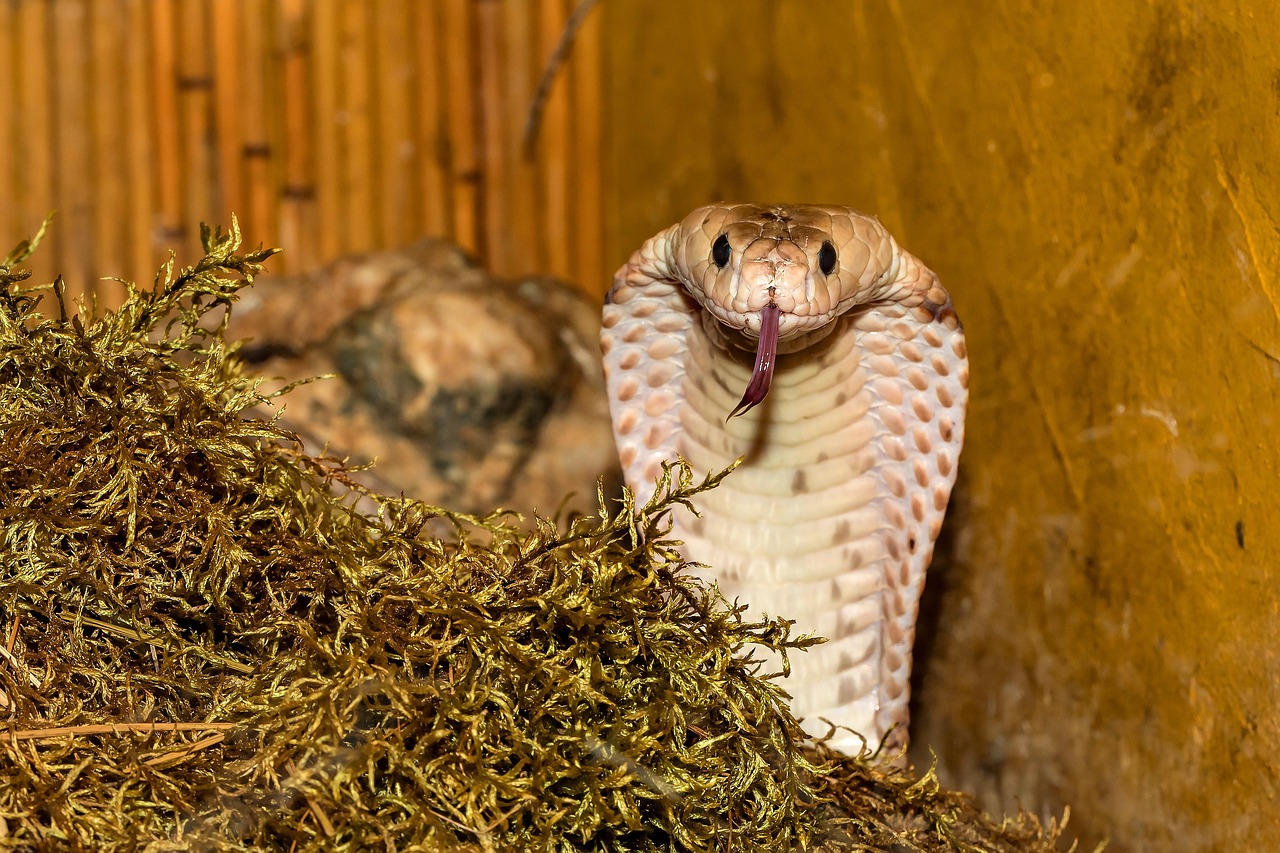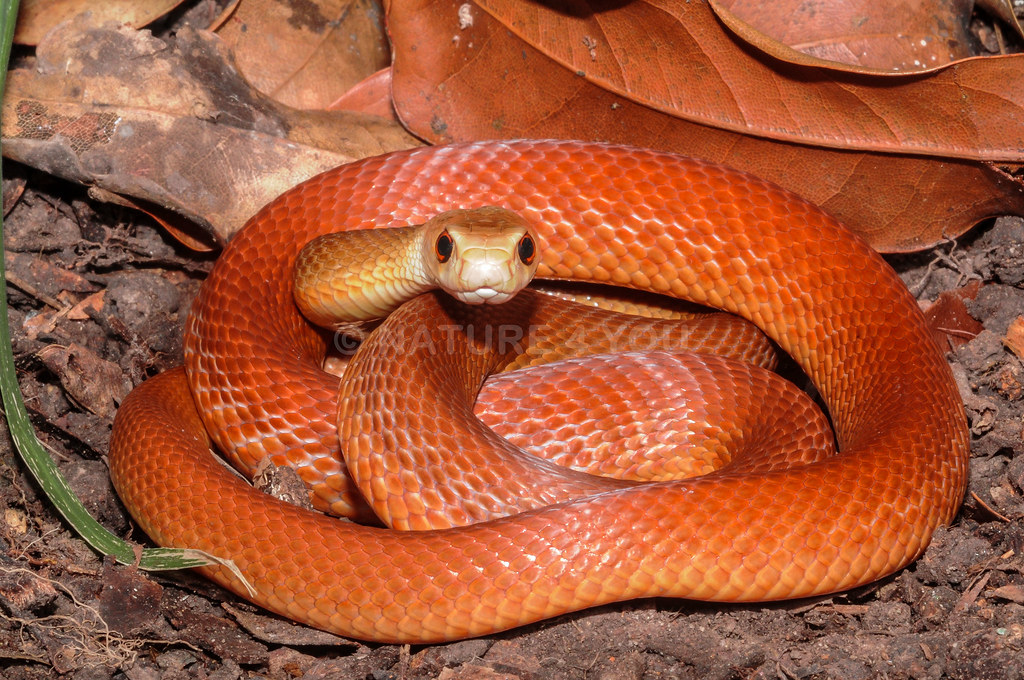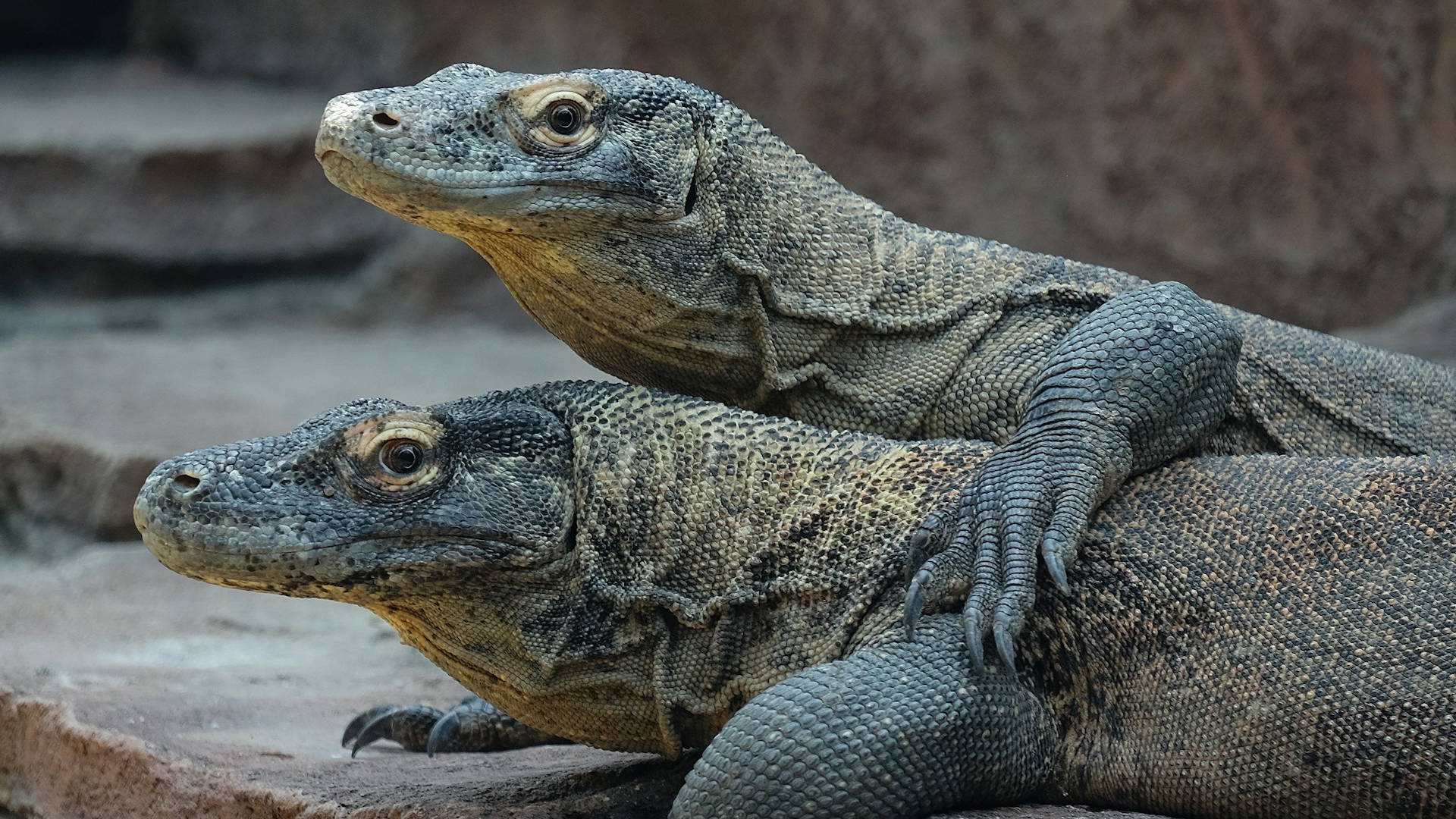In the diverse world of reptiles, one fascinating adaptation stands out for its deadly efficiency and biological complexity: venom. From cobras that kill with neurotoxins to Gila monsters that secrete pain-inducing compounds, venomous reptiles have captivated scientists and nature enthusiasts alike. Yet, despite the evolutionary advantages venom provides, only a minority of reptile species possess this potent weapon. This disparity raises intriguing questions about why venom evolved in certain reptilian lineages while remaining absent in others.
The answer lies at the intersection of evolutionary history, ecological pressures, and the complex trade-offs that shape adaptation. This exploration delves into the fascinating world of reptilian venom—examining its origins, functions, and the ecological factors that determine which scaly creatures deliver a dangerous bite and which remain harmless.
The Evolutionary Origins of Reptilian Venom

Venom in reptiles didn’t appear suddenly but evolved gradually over millions of years through a process called convergent evolution, where similar traits develop independently in different lineages. Research suggests that venom systems evolved independently at least 20 times across the animal kingdom, with multiple separate origins within reptiles alone.
The foundation of most reptilian venom systems began with ordinary salivary glands that produced enzymes to aid digestion, which gradually specialized to produce increasingly toxic compounds. Molecular studies reveal that many venom proteins are modified versions of normal body proteins that were duplicated and repurposed through evolution.
This evolutionary process demonstrates nature’s remarkable ability to adapt existing structures for new functions—turning harmless saliva into sophisticated biochemical weapons.
Venom Distribution Across Reptilian Groups
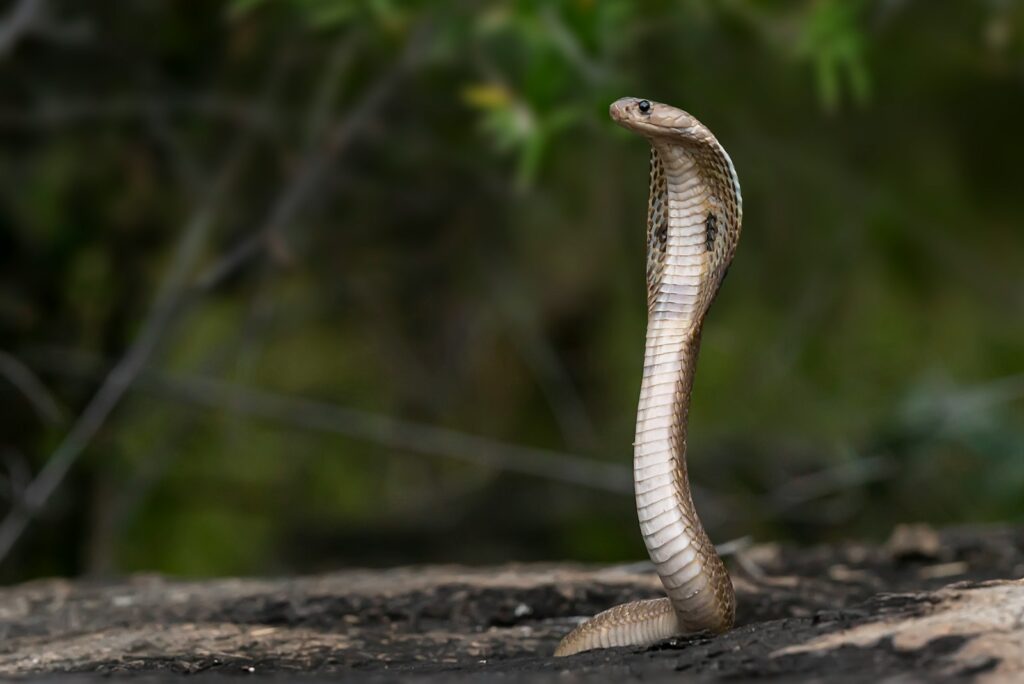
The distribution of venom across the reptile kingdom is notably uneven, with venomous species concentrated in specific lineages. Among snakes, approximately 600 species are venomous to varying degrees, representing about 20% of all snake species, with the majority belonging to the families Elapidae (cobras, mambas, sea snakes) and Viperidae (vipers, rattlesnakes).
In contrast, among the roughly 6,500 lizard species, only a handful possess true venom, including the Gila monster and beaded lizard of the Helodermatidae family, and, more controversially, some monitor lizards and iguanians.
Remarkably, no turtles, tortoises, crocodilians, or tuataras have developed venom systems, despite their ancient lineages. This selective distribution suggests that specific ecological pressures and evolutionary opportunities, rather than random chance, have shaped which reptiles developed this potent adaptation.
The Complex Structure of Venom Delivery Systems
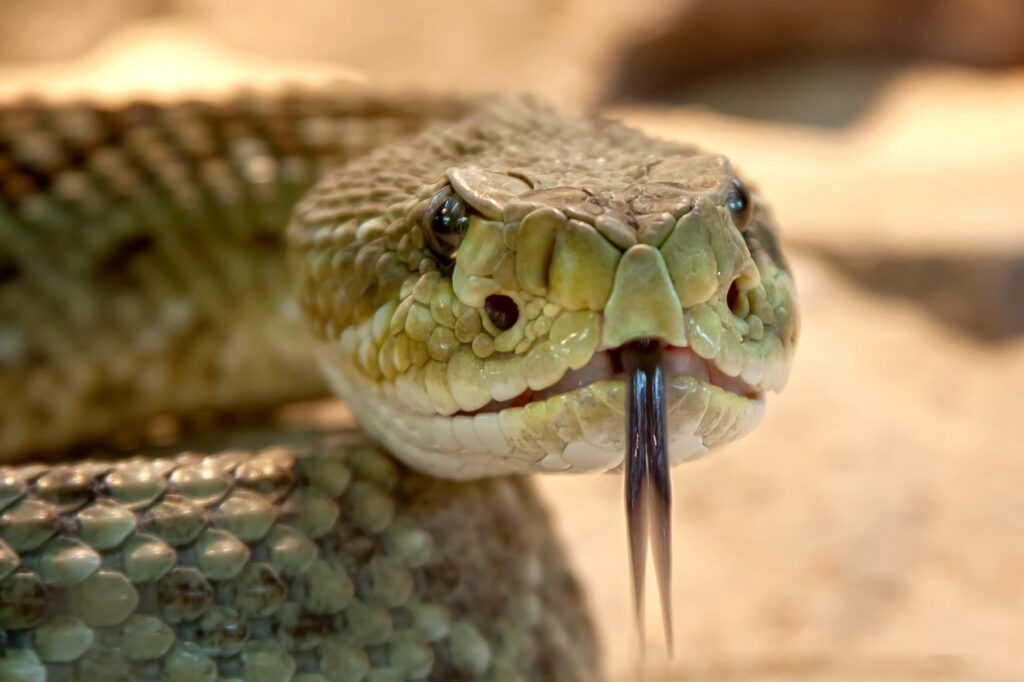
Venomous reptiles possess sophisticated delivery systems that have evolved to efficiently transmit toxins into prey or potential threats. Advanced venomous snakes feature specialized hollow or grooved fangs connected to venom glands, which function essentially as hypodermic needles.
Vipers have developed particularly specialized systems with long, hinged fangs that fold against the roof of the mouth when not in use, allowing for deep penetration when striking. In contrast, venomous lizards like the Gila monster have grooved teeth in their lower jaw and must bite and hold their victim while chewing to work venom into the wound through capillary action.
The venom glands themselves are modified salivary glands with specialized epithelial cells that synthesize complex toxin mixtures, along with muscle tissues that can contract to force venom through ducts to the fangs. These intricate systems represent significant biological investments that evolve only when the benefits outweigh the considerable metabolic costs.
The Biochemical Diversity of Reptilian Venoms

Reptilian venoms represent some of nature’s most complex biochemical cocktails, often containing dozens or even hundreds of different compounds. These typically include a mixture of enzymes, peptides, proteins, and other bioactive molecules that target specific physiological systems in victims. Neurotoxins, like those found in cobra venom, attack the nervous system by blocking nerve signals, while hemotoxins from vipers destroy blood cells and vessels, causing hemorrhaging and tissue damage. Cytotoxins directly attack cell membranes, causing local tissue destruction, and myotoxins specifically target muscle tissue.
The precise composition varies dramatically between species and sometimes even between populations of the same species in different geographic regions. This remarkable diversity stems from an evolutionary arms race between predators and prey, where selection pressures continuously refine venom composition to overcome prey defenses and adaptation.
Ecological Advantages of Venom Production
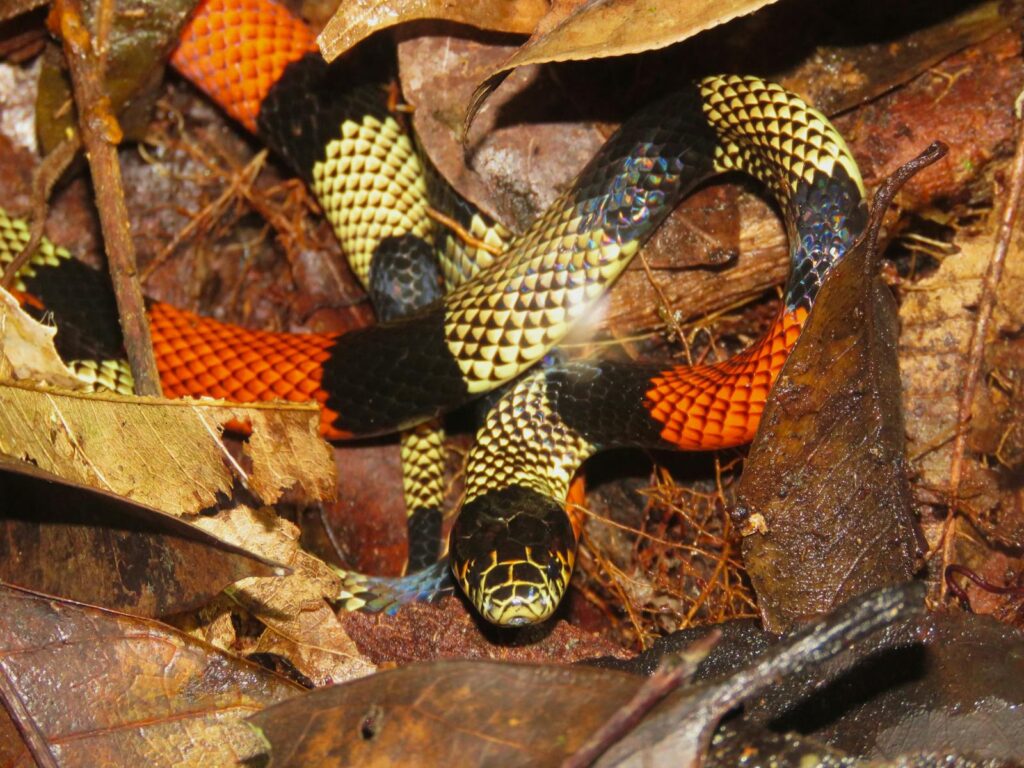
Venom offers significant ecological advantages that explain why certain reptiles have evolved and maintained this costly adaptation. The primary benefit is increased predatory efficiency, as venom immobilizes prey quickly, reducing the energy expended in pursuit and struggle while minimizing the risk of injury from prey fighting back.
For smaller reptiles, venom acts as an equalizer, allowing them to take down prey significantly larger than themselves—a juvenile rattlesnake can kill prey that would otherwise be impossible to subdue through constriction or physical strength alone. Venom also serves as an effective defensive mechanism against potential predators, making venomous species less likely to be targeted.
Additionally, some venoms contain digestive enzymes that begin breaking down prey tissues before consumption, effectively initiating external digestion that increases feeding efficiency. These multiple advantages create strong selective pressure for venom development in species where these benefits outweigh the costs.
The Metabolic Cost of Venom Production
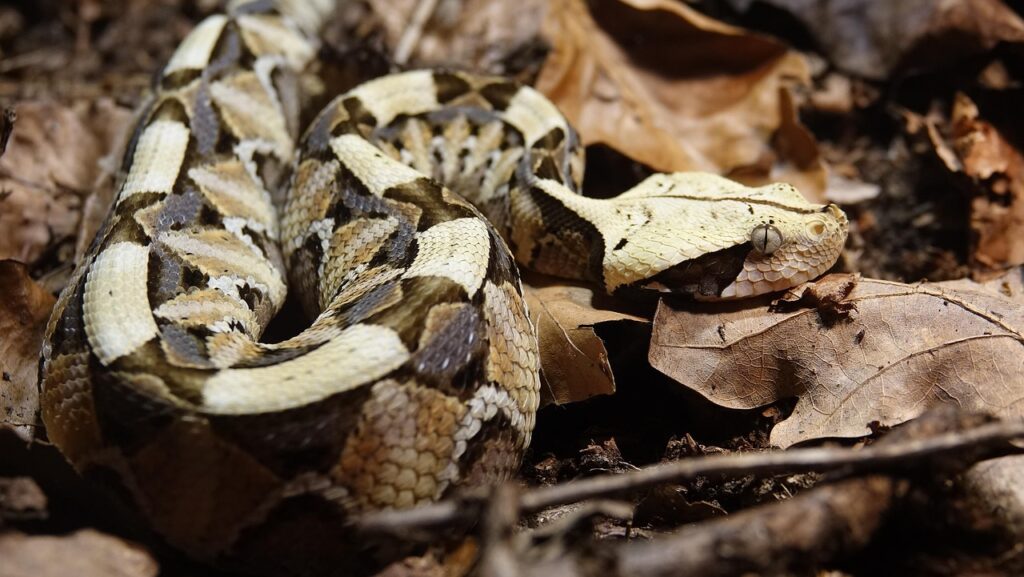
Developing and maintaining a venom system represents a significant metabolic investment for reptiles, which helps explain why not all species have evolved this trait. Venom production requires specialized tissues and the synthesis of complex proteins, which demands considerable energy resources that could otherwise be directed toward growth, reproduction, or other survival functions. Research has demonstrated that venom regeneration after a bite can require 25-50% more energy than normal metabolic requirements for several days.
This metabolic burden is particularly challenging for ectothermic reptiles that cannot internally regulate their body temperature and thus have more limited energy budgets than mammals or birds.
Some venomous snakes actually use their venom judiciously, controlling the amount they inject based on the situation—a phenomenon called “venom metering”—which suggests an evolutionary pressure to conserve this precious resource when possible.
Alternative Predation Strategies
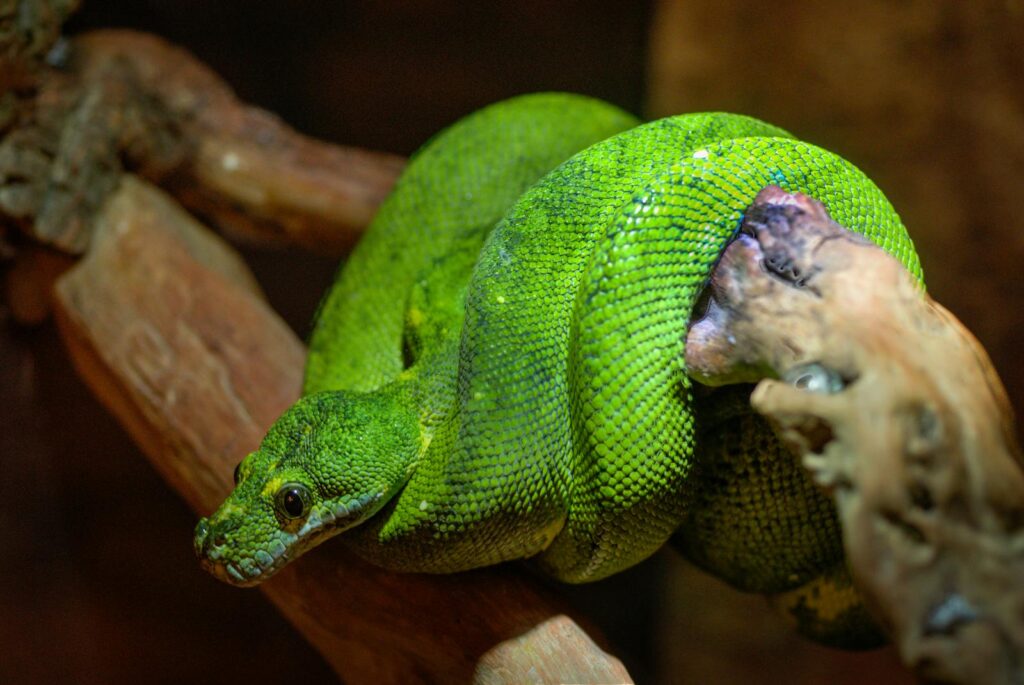
Many non-venomous reptiles have evolved equally effective alternative predation strategies that eliminate the need for venom development. Constriction, employed by pythons and boas, can kill prey quickly by cutting off blood flow to vital organs, requiring minimal chemical investment while remaining highly effective for subduing even large animals. Some reptiles like snapping turtles and crocodilians rely on ambush tactics combined with powerful jaws and teeth, delivering devastating mechanical damage that quickly incapacitates prey.
Fast-moving hunters like whip snakes depend on superior speed and agility to capture prey, while others have developed specialized diets focusing on eggs, insects, or other easily captured food items that don’t require immobilization. Certain reptiles employ camouflage and luring techniques, like the alligator snapping turtle’s worm-like tongue appendage, to bring prey within striking distance without chasing.
These diverse alternatives demonstrate that venom is just one of many viable evolutionary solutions to the fundamental challenge of securing food.
Evolutionary Trade-offs in Defense Mechanisms

The absence of venom in many reptile lineages can be understood through the lens of evolutionary trade-offs in defense strategies. Turtles and tortoises have invested in heavy protective shells that render most predator attacks ineffective, making additional defenses like venom unnecessary. Crocodilians combine large size, armored skin, and aggressive behavior that few predators can overcome, while many skinks and other lizards have evolved the ability to shed their tails (caudal autotomy) as a distraction mechanism when attacked.
Numerous non-venomous snakes employ elaborate bluffing behaviors—like the hognose snake’s death-feigning or the rat snake’s rattlesnake mimicry—that deter predators without metabolic investment in toxin production. For many reptiles, rapid flight and excellent camouflage provide sufficient protection with minimal energy expenditure.
These alternative defense mechanisms often represent more energy-efficient solutions than venom production for species in environments where the threat from predators doesn’t justify the metabolic cost of maintaining a venom system.
Habitat and Diet Influences on Venom Evolution
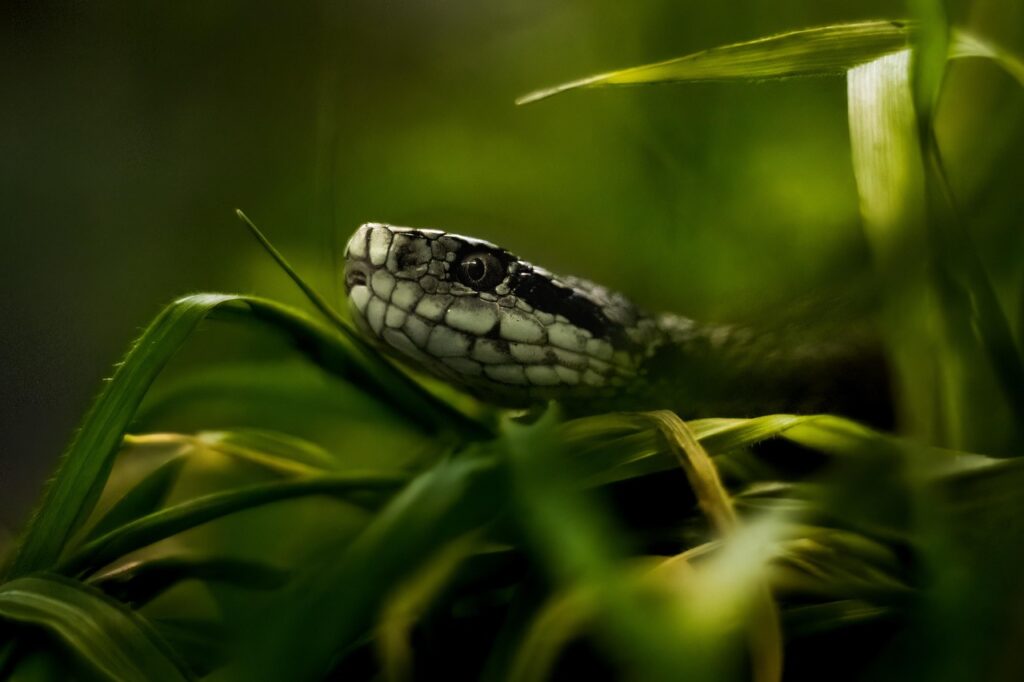
The specific ecological niches that reptiles occupy strongly influence whether venom evolves as an adaptive trait. Arboreal (tree-dwelling) vipers and elapids benefit significantly from venom because they cannot easily pursue prey through branches, making quick immobilization essential. Similarly, aquatic hunting environments often favor venomous adaptations, as evidenced by the highly toxic sea snakes that must rapidly subdue fish before they can escape in three-dimensional underwater space.
Dietary specialization plays a crucial role as well—lizards specializing in slow-moving insects or plant matter gain little advantage from venom production, while those targeting fast, dangerous, or large prey benefit considerably. Venomous adaptations are particularly advantageous in environments with high competition for resources, where efficient hunting provides a significant edge.
The geographic distribution of venomous reptiles also reflects these ecological pressures, with higher concentrations in tropical regions where biodiversity and competition create stronger selection pressures for specialized hunting adaptations.
The Role of Prey Resistance in Venom Evolution
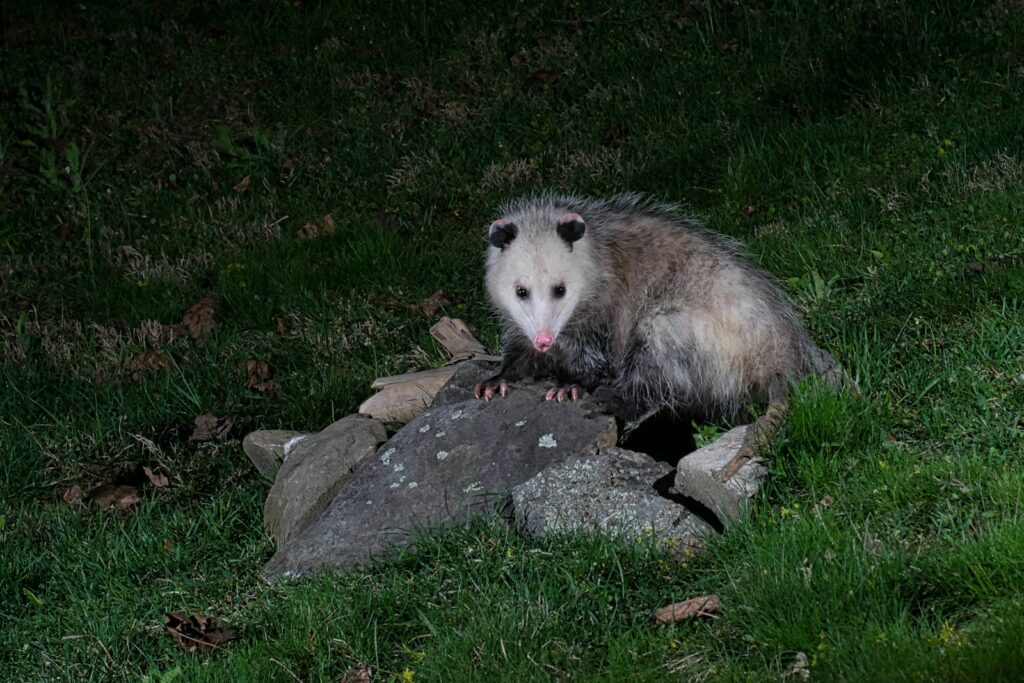
The evolutionary arms race between predators and prey has significantly shaped the development and distribution of venom across reptile species. In regions where prey animals have developed resistance to certain venoms, reptile predators face increased selection pressure to either produce more potent toxins or abandon venom use for alternative strategies.
Ground squirrels in rattlesnake territory have evolved blood proteins that neutralize snake venom components, while some opossums produce proteins that bind to pit viper toxins, rendering them harmless. Prey resistance may explain why certain reptile populations have either particularly potent venom or have reduced their reliance on venom altogether.
This dynamic relationship creates geographic “hotspots” of venom diversity and potency, particularly in regions with long shared evolutionary histories between venomous predators and their prey. The metabolic cost of continuously evolving more complex venoms to overcome resistance may become prohibitively high in some situations, potentially explaining why certain reptile lineages abandoned venom production despite their ancestors possessing this trait.
Recent Discoveries in Reptilian Venom Research
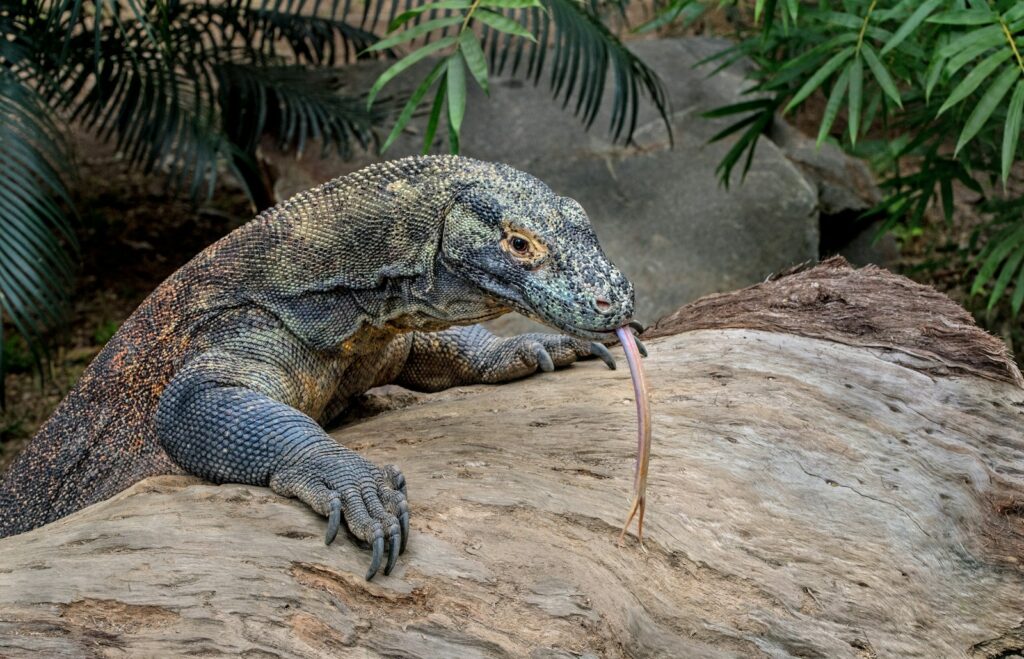
Cutting-edge research continues to reshape our understanding of reptilian venom evolution and distribution. In 2021, researchers identified previously unknown venom-producing oral glands in multiple colubrid snakes that were traditionally considered harmless, suggesting venom systems may be more widespread than previously thought. Revolutionary genomic studies have revealed that the genetic framework for venom production exists in many non-venomous reptiles as inactive or repurposed genes, indicating that the potential for venom evolution is present across more reptilian lineages than currently express it.
Recent work on the Komodo dragon has demonstrated that while historically categorized as using bacteria-laden saliva to kill prey, these massive lizards actually possess genuine venom glands producing anticoagulant toxins. Advanced imaging techniques are revealing unexpected complexities in venom delivery systems, while proteomics research continues to identify novel compounds with potential medical applications. These discoveries suggest we may need to reconceptualize venomous adaptations as existing along a continuum rather than as a binary trait.
Convergence of Venom Across Animal Kingdoms
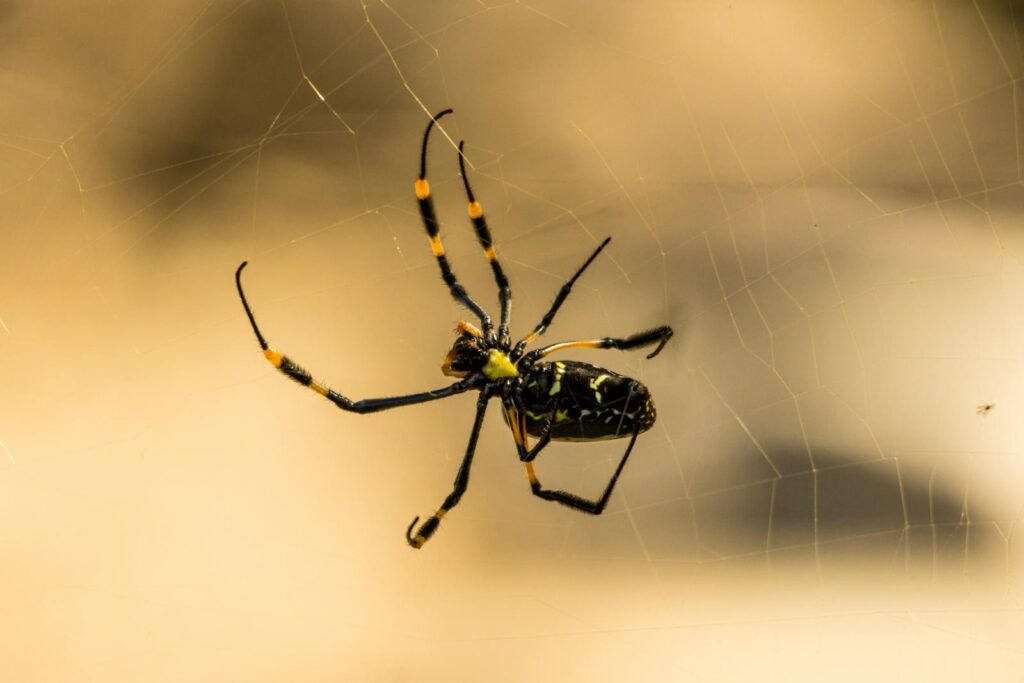
The evolution of venom systems represents one of nature’s most remarkable examples of convergent evolution, appearing independently across dramatically different animal groups. Beyond reptiles, venom has evolved in mammals (platypus, certain shrews), fish (stonefish, lionfish), amphibians (certain newts), cnidarians (jellyfish, anemones), mollusks (cone snails, blue-ringed octopus), arthropods (spiders, scorpions), and many other lineages. The biochemical composition of venom across these diverse groups often shows surprising similarities, with certain molecular mechanisms repeatedly recruited for toxin development despite billions of years of evolutionary separation.
This convergence demonstrates how similar selective pressures can drive the evolution of comparable solutions across vastly different organisms. Examining these patterns helps scientists understand the fundamental principles governing adaptive evolution and provides insight into why certain reptilian groups developed venom while others did not—the same ecological and evolutionary principles operated across the entire animal kingdom to determine where this specialized adaptation would emerge.
The Future of Venomous Reptiles in a Changing World
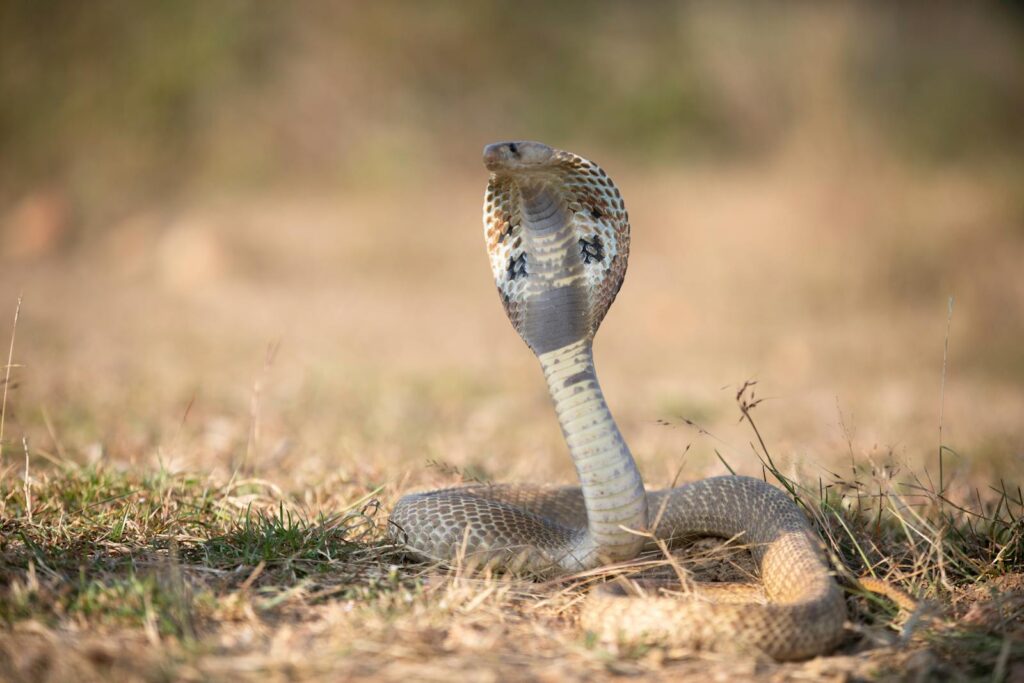
Climate change, habitat destruction, and other anthropogenic factors are rapidly altering the selective pressures facing reptiles, with uncertain implications for the future evolution of venom systems. Shifting temperature patterns may alter the metabolic calculations that determine whether venom production remains advantageous, potentially favoring less energy-intensive hunting and defense strategies in some regions. Habitat fragmentation and prey population declines could similarly reshape the cost-benefit equation of venom production.
Scientific research suggests that rising global temperatures may affect venom composition and potency in existing venomous species, with studies showing that snakes produce different venom profiles under varying temperature conditions. Human activities like hunting venomous species for traditional medicine, the exotic pet trade, and persecution due to fear continue to place disproportionate pressure on venomous reptiles compared to their non-venomous relatives. Conservation efforts must consider the unique evolutionary heritage represented by venomous reptiles, whose complex biochemistry holds invaluable scientific and medical potential that could be lost forever if these specialized adaptations disappear.
Conclusion
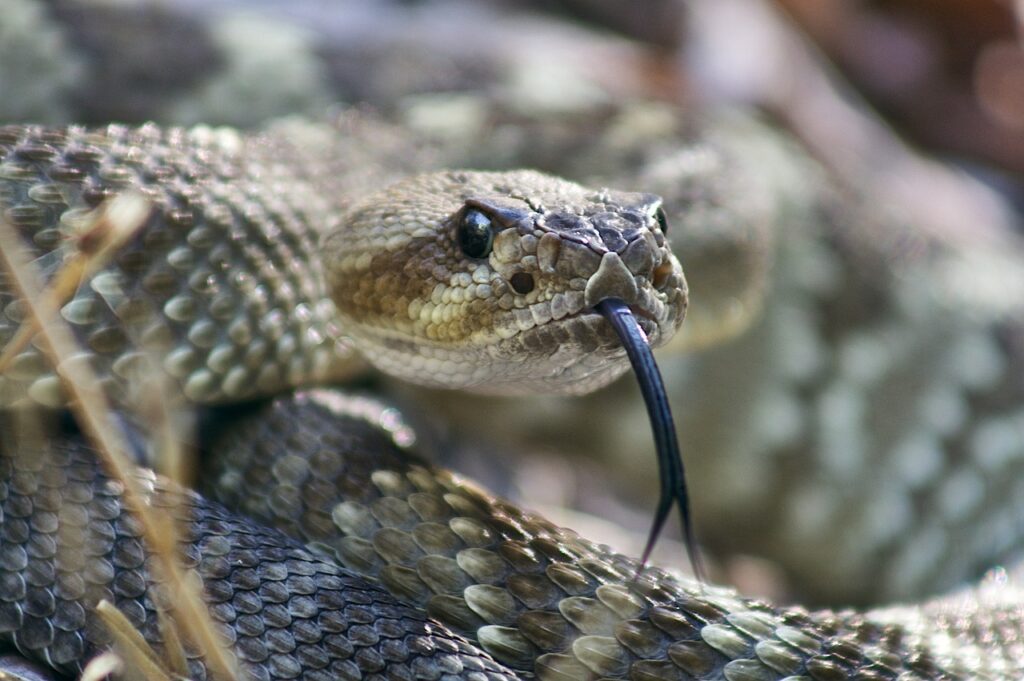
The presence or absence of venom among reptiles represents a fascinating chapter in evolutionary biology—a perfect case study in how natural selection shapes complex adaptations based on ecological demands and evolutionary constraints. Venom has evolved where the benefits of improved predation efficiency and enhanced defense outweigh the considerable metabolic costs of producing and maintaining these biochemical weapons.
For many reptiles, alternative strategies for hunting and self-protection have proven equally successful without the physiological investment that venom requires. Understanding these patterns not only illuminates the extraordinary diversity of reptilian adaptations but also provides insights into broader evolutionary principles that shape life on Earth.
As research continues to advance, our appreciation deepens for these remarkable animals and the complex biochemical arsenals that some have developed through millions of years of evolutionary refinement.

